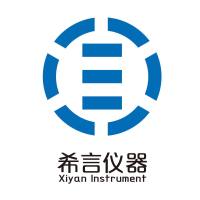A New Approach to Primary Culture of Human Gastric Epithelium
互联网
625
The gastric mucosa assumes several digestive and protective functions including enzyme and mucus secretion, as well as sterilization of the luminal content through the release of hydrochloric acid. Distinct epithelial populations located in specific compartments of the gastric pit-gland units mediate these secretory functions. In addition, previous studies from our laboratory (1 -5 ) and others suggest that local growth factors and extracellular matrix (ECM) proteins may cooperatively regulate epithelial morphogenesis, differentiation, and home-ostasis at the level of the stomach. Owing to the absence of a normal or cancer cell line that could serve as an in vitro model to delineate the molecular mechanisms involved, gastric epithelial biology mostly relied on primary culture of epithelial cells freshly isolated from the stomach mucosae of animal species. The protocols used were based on two different approaches, i.e., microsurgi-cal/scraping techniques and enzymatic treatments. The first requires laboratory expertise and, unless gradient fractionation or elutriation is used to purify glandular cells, these are rapidly overgrown during the first 2 d of culture by dividing mucous cells originating from the pits (foveolae) of gastric units (6 -8 ). The second approach, which commonly uses a combination of collagenase and hyaluronidase, generates cultures that are initially composed of mucus-secreting cells mainly, with a low proportion of acid-secreting parietal cells (9 ,10 ). Such cultures are also devoid of glandular zymogenic cells, named chief or pepsino-gen cells. These represent the major cell type found at the base of gastric glands and they are highly specialized for the secretion of pepsinogens. Their absence in epithelial cultures is particularly deleterious for the advancement of gastric physiology in humans. Indeed, human chief cells not only contribute to the digestion of dietary proteins, but also to triglyceride lipolysis through the secretion of a bile salt-independent and acid-tolerent gastric lipase, which is absent in rodents.









